26 December 2024
3D modeling is at the heart of modern gaming. It’s the magic behind sprawling open worlds, jaw-dropping characters, and lifelike animations that make us lose ourselves in imaginary universes. But how does a simple shape—like a polygon—transform into the polished, hyper-realistic imagery we see on our screens? Strap in! We’re diving deep into the fascinating (and, dare I say, borderline artistic) craft of 3D modeling in games. 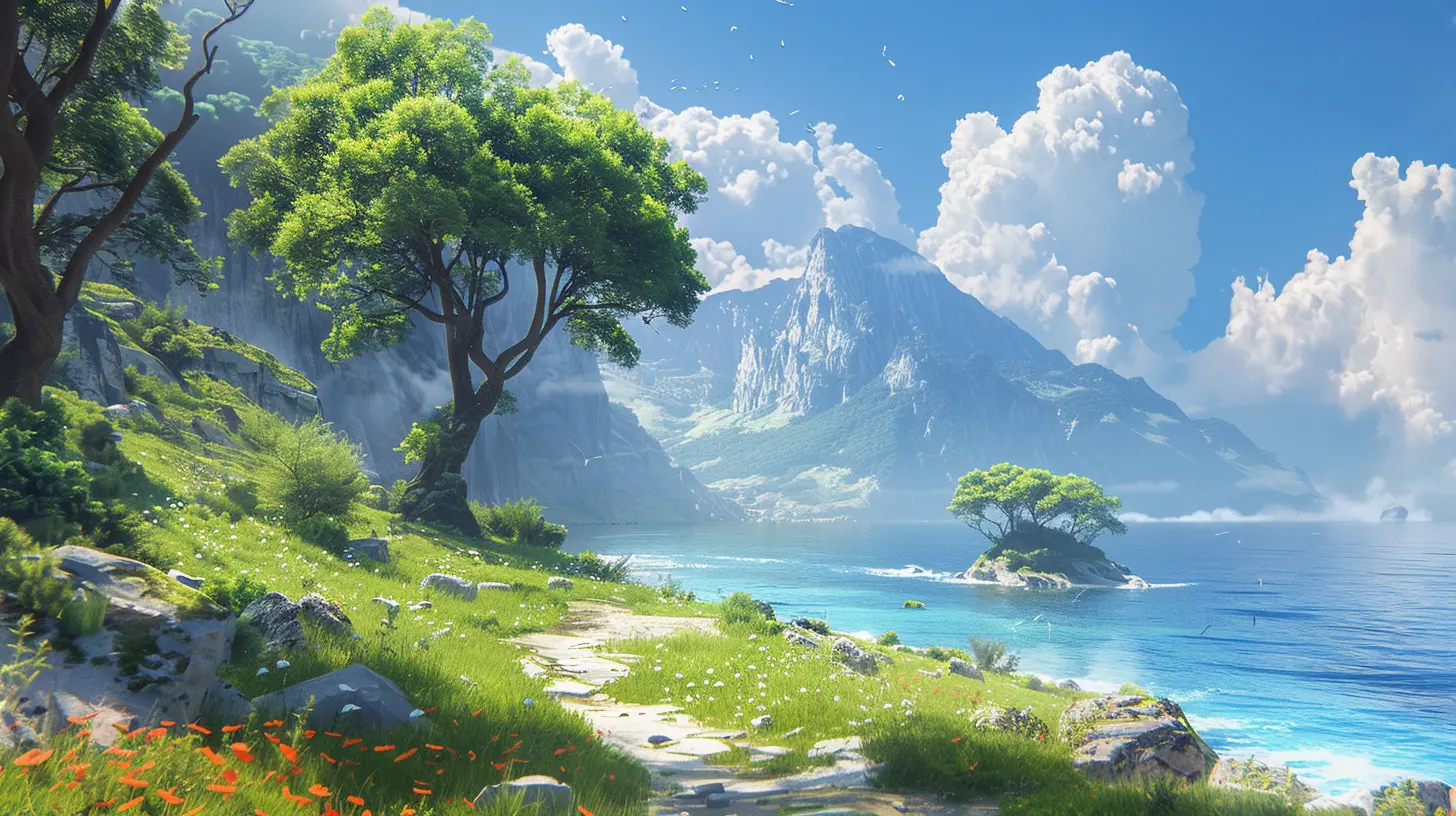
Wait, What Exactly Is 3D Modeling?
Alright, let’s slow it down for a second. At its core, 3D modeling is the digital process of creating a three-dimensional object. It’s like sculpting clay—except the clay is made up of tiny geometric shapes called polygons. Think of polygons as the building blocks of 3D models. By connecting them together into specific shapes, you create a framework, or "mesh," that forms the foundation of everything from a towering skyscraper to a snarling dragon.But here’s the kicker: while it starts with polygons, 3D modeling doesn’t stop there. Artists refine those meshes, smooth out the details, add textures, and tweak lighting until the final product is nothing short of dazzling. 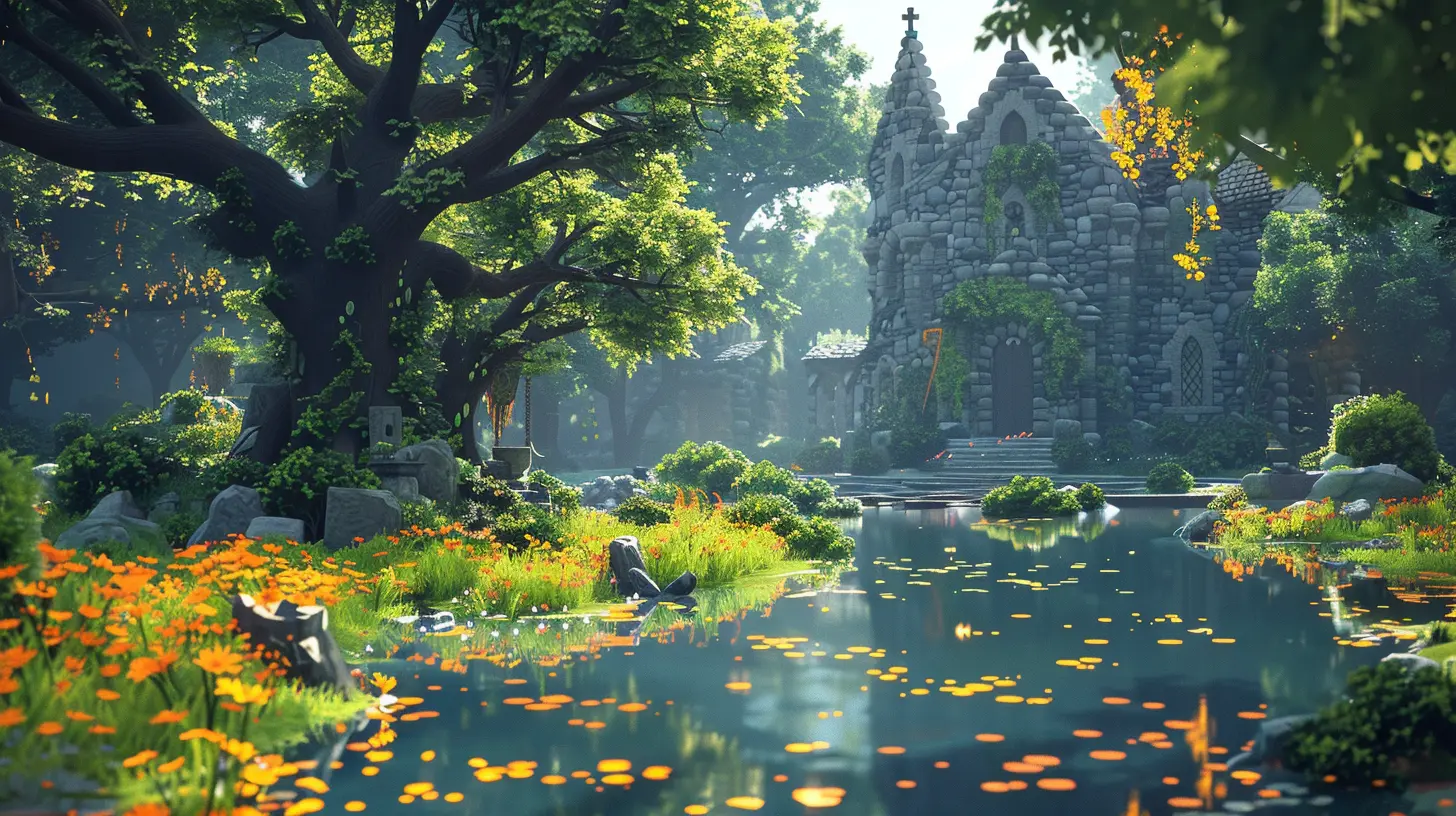
The Art and Science of 3D Modeling
Let’s be real: 3D modeling is like mixing Picasso with a pinch of Einstein. It’s part art, part science, and requires a wild mix of creativity, technical skill, and patience. (Did I mention lots of patience?) Let’s break down what goes into crafting those jaw-dropping visuals.1. The Base Mesh – The Skeleton of It All
Every 3D model starts with a base mesh. Think of it as the basic framework or silhouette of the object. This step is all about nailing down proportions and structure. If you’re modeling a character, this is when you figure out the shape of their body, limbs, and head. If it’s a car, it’s the chassis.Much like laying out a blueprint, the base mesh gives artists the foundation they’ll build on—and trust me, getting this wrong can throw the whole process into chaos.
2. Sculpting – Adding Life to the Form
Here’s where the fun begins. Once the base mesh is good to go, artists move into sculpting mode. Imagine you’re carving a statue out of marble, but instead of a chisel, you’re wielding digital tools.Sculpting is all about details: muscles rippling on a warrior, wrinkles on an elder’s face, or bark textures on a tree. This stage is where the lifeless block of polygons starts to look like something you’d want to play with (or fight against) in-game.
3. Retopology – Cleaning Up the Chaos
Okay, real talk: sculpting can get messy. Polygons can pile up, making the model bloated and inefficient. And bloated models? They wreak havoc on game performance.That’s where retopology comes in. This step involves reorganizing and simplifying the mesh’s geometry. It’s basically Marie Kondo-ing the 3D model, ensuring it’s optimized for use in a game engine.
4. Texturing – Dressing the Model Up
A model without textures is like a cake without frosting—technically it’s still cake, but it’s just not as exciting.Texturing adds color, patterns, and fine details to the model. Using tools like Substance Painter or Photoshop, artists layer on textures that make objects look lifelike. Whether it’s the scuffed leather of a medieval shield or the glossy sheen of a futuristic spaceship, it’s textures that bring models to life.
5. UV Mapping – The Technical Jigsaw Puzzle
Here’s where things get a little nerdy (but stick with me—it’s cool, I promise).Before you can apply textures, you’ve got to create a UV map. This is kind of like unwrapping a present, except instead of tearing paper, you’re flattening the 3D object into a 2D space. Confused? Imagine peeling the skin off an orange and laying it flat. That’s UV mapping in a nutshell—and it’s critical for telling the game engine how to apply textures properly.
6. Rigging and Animation – Breathing Life Into Models
After the model is textured and polished, rigging comes next. This is the process of creating a virtual skeleton for the model, allowing animators to move it around. Want your character to swing a sword, jump over obstacles, or do a weird little dance? Rigging makes it possible.And let’s not forget animation. It’s the final touch that brings models to life. With carefully choreographed movements, static models become dynamic, expressive, and, well, alive. 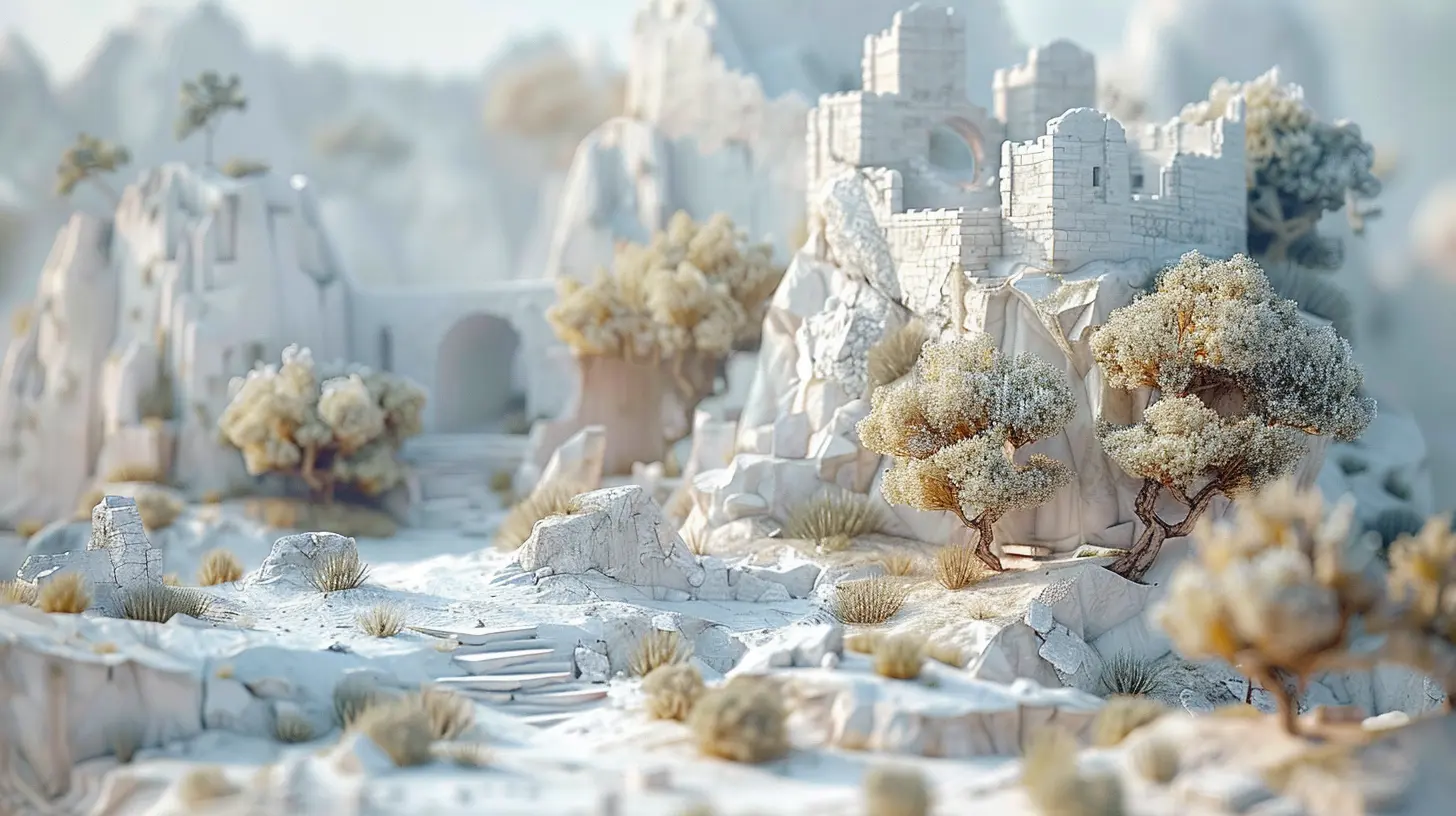
Tools of the Trade
You wouldn’t bring a sword to a gunfight, right? The same logic applies to 3D modeling. Artists rely on a suite of powerful tools to bring their visions to life. Here are some of the heavyweights:- Blender: The Swiss Army knife of 3D modeling. It’s free, open-source, and insanely versatile.
- Maya: Industry standard for creating complex, high-quality models. (Also, pricey. Ouch.)
- ZBrush: Perfect for sculpting ultra-detailed models—think wrinkles, scars, and fine textures.
- Substance Painter: A lifesaver for texturing. It’s basically Photoshop but made specifically for 3D.
- Unity/Unreal Engine: Not strictly modeling tools, but essential for bringing models into a game environment. 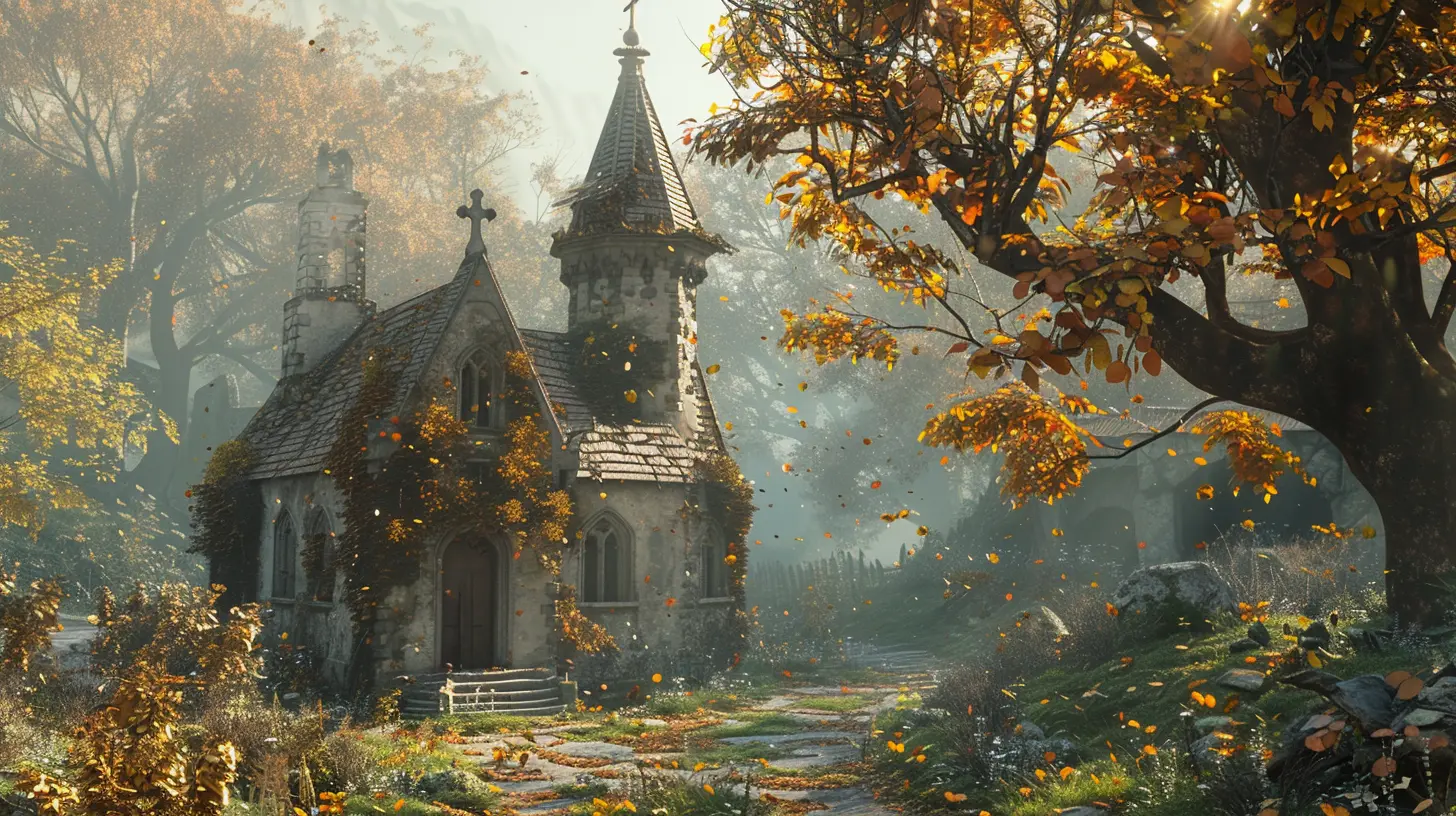
Why 3D Modeling Is a Game-Changer for Games
So, why does 3D modeling matter so much? Simple: it’s what makes games look and feel the way they do.Without 3D modeling, we wouldn’t have the visually stunning landscapes of The Witcher 3 or the hyper-detailed characters in The Last of Us Part II. It’s the reason why we can pick out every tooth in a dragon’s mouth or marvel at the way light bounces off a wet road at night.
But it’s not just about looks. 3D modeling also affects gameplay. Think about it—climbing a mountain in Breath of the Wild wouldn’t feel nearly as epic if the mountain were a janky blob of polygons. Or imagine navigating a city in GTA V without realistic buildings, cars, and streets. Immersion? Gone.
Challenges in 3D Modeling (And Why It’s Worth It)
Let’s not sugarcoat it—3D modeling isn’t all fun and games (pun intended). It’s a grind. There are countless hurdles, from technical glitches to tight deadlines. And let’s not forget the constant balance between creativity and optimization. Too much detail? The game might lag. Too little detail? It ends up looking like it’s 1995 again.But—here’s the thing—it’s totally worth it. Because every triangle, every texture, every painstaking detail adds to the vision. And when players step into that world and lose themselves? That’s the ultimate payoff.
The Future of 3D Modeling in Games
What’s next for 3D modeling? Well, buckle up because the future looks wild.We’re already seeing AI being used to speed up workflows, generating textures, and even creating base models. VR and AR are also pushing boundaries, making 3D modeling even more immersive. And let’s not forget real-time ray tracing, which adds jaw-dropping realism to lighting and reflections.
Who knows? Maybe one day, 3D modeling will be so advanced that we can create entire game worlds just by describing them. Until then, though, we’ll keep relying on the incredible skills of artists to bring our favorite games to life.

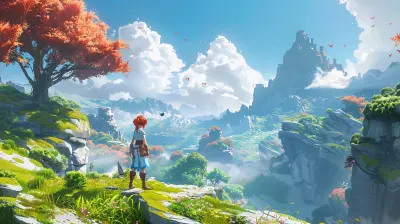
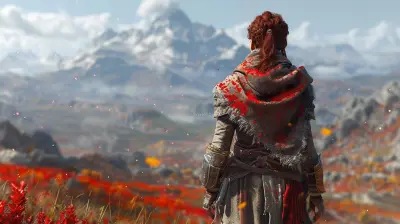

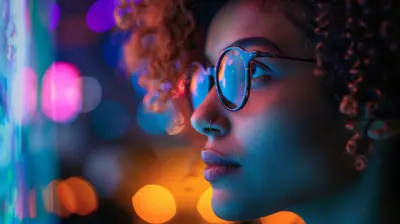
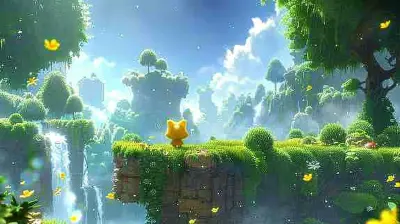
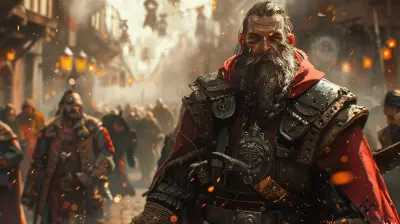
Raina Riley
This article beautifully captures the intricate journey of 3D modeling in games. It's inspiring to see such passion and artistry in every polygon!
January 29, 2025 at 4:42 PM